PzKpfw NbFz V (Rheinmetall)
Development of new medium tank started in October of 1932 and in
1933, Army High Command (Reichswehr) granted a contract for a
development of a "heavy tractor" (Grosstraktor). Both Rheinmetall-Borsig
and Krupp were ordered to develop heavy tank and both provided their
designs. At first vehicles were designated as PzKpfw VII (PzKpfw IV neu
Art), but in October of 1933, they were designated as Neubaufahrzeug
("Newly Built Vehicle"). Rheinmetall’s Model A and Krupp’s Model B were
very similar in their overall design and mainly differed in the armament
and arrangement of the weapons mounted in the turret. Rheinmetall’s
(PzKpfw NbFz V) design had 37mm Tankkanone L/45 installed over a 75mm
KwK L/24 and Krupp’s (PzKpfw NbFz VI) design had 37mm Tankkanone L/45
installed beside 75mm KwK L/24. Both designs had two slightly modified Panzer I‘s
turrets armed with machine guns (one mounted in the front and other in
the rear). Those two tank designs were to complete the family of
standardized German tanks.PzKpfw NbFz V and VI’s designs were very similar to the contemporary British Vickers "Independent" tank, Soviet T-35, French Char-2C and proved to be too complex to produce and did not perform as expected. Only two (designated Nr.1 and Nr.2) mild steel prototypes were built by Rheinmetall in 1934 and three more armored prototypes (designated Nr.3, Nr.4 and Nr.5) in 1935/36. NbFz Nr.1 was the only one mounted with Rheinmetall’s turret armed with 37mm Tankkanone L/45 installed over a 75mm KwK L/24 gun and turret mounted frame antenna. Other four vehicles were mounted with Krupp’s turret armed with 37mm Tankkanone L/45 installed beside 75mm KwK L/24, while 105mm KwK L/28 gun was planned. In August of 1935, Nr.1 and Nr.2 took part in the exercises of a Panzer Division, while the other three were extensively tested on the proving grounds at Putloss in 1935 and 1936. In 1937, it was decided to convert NbFz tanks to Nebel Panzer armed with 105mm gun able to fire smoke ammunition, but there is no further evidence of any work being done. At that time the German Army wanted to gain experience with multi-turreted tanks, but soon this project was cancelled in favour of the Panzerkampfwagen IV development which would eventually become the main battle tank of the Panzertruppe until the end of World War II. Overall multi-turreted tanks were inferior to German designs and tactics, which relied on high mobility rate instead of firepower. In general, multi-turreted tanks proved to be unsuccessful when used in combat and were gone from the battlefield by 1942. In Spring of 1939, Krupp’s PzKpfw NbFz VI was shown at the International Automobile Exposition in Berlin.
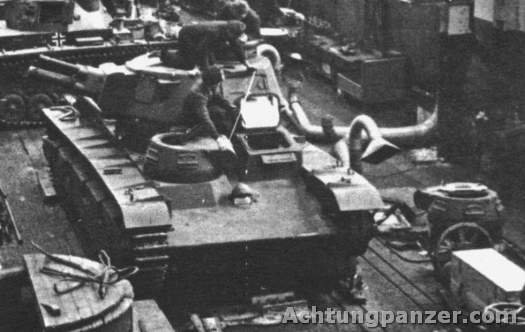 PzKpfw NbFz V (Rheinmetall) on the production line. |
NbFz Nr.1 (Rheinmetall) in the Krupp factory in 1942.
Three (with Krupp turret) of the five saw service with Panzer Abteilung zur besonderer Vervendung 40
in Norway in 1940. All three formed platoon size unit known as
Panzerzug Horstmann / Zug Putloss, commanded by Lieutenant Hans
Horstmann. They arrived in Oslo on April 19th of 1940 and gave the
Allies appearance of Germany having heavy tanks. Two served with PzAbt zbV 40,
while the third served with 196th Infantry Division. This particular
vehicle was immobilized, but not destroyed by the British soldiers (see
"The History of a Rare Panzer" below), while one of two from PzAbt zbV 40,
drove into the swampy area at Andalsnes and got stuck and was
eventually blown up by the German engineers (that explains "The History
of a Rare Panzer" below). On May 16th, the lost Nbfz was replaced by one
of the mild steel prototypes and PzAbt zbV 40 had once again three NbFz tanks. It is known that PzAbt zbV 40
was stationed at Akershus Fortress (Oslo) in Norway in 1941 and then in
Finland in 1942, but it seems that NbFz tanks never left Norway and
were eventually captured by the Allies in 1945 and then scrapped.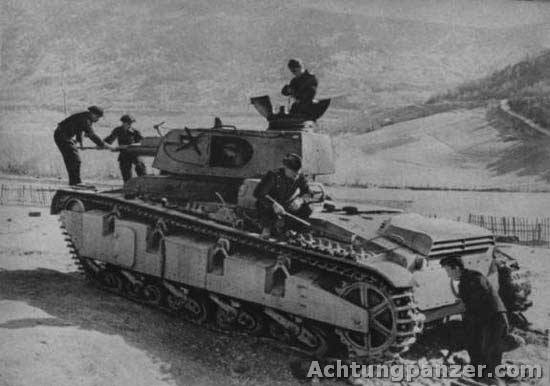 PzKpfw NbFz VI in Norway. |
PzKpfw NbFz VI (Krupp) in Norway, 1940.
Picture provided by Bjørn Jervås.
German source states that NbFz tanks were part of von Kleist’s 1st
Panzer Gruppe on the Eastern Frontand that one of them was destroyed
near Dubno on June 28th or 29th of 1941. Another source states that
other two were destroyed near Romanian border in June of 1941. It is
also reported that both returned to Germany in November of 1941. The
only photographic evidence is that from Krupp factory from mid 1942,
where one of Nbfz (Nr.1) tanks is being repaired with Sturmgeschutz III(40)
assault guns on production line in the background. Probably one of two
mild steel prototypes built in 1934 remained in Germany for tests and
was eventually scrapped in 1941. The development of Leichte Traktor,
Grosstraktors and Neubaufahrzeugs provided German designers and
manufacturers with valuable experience in designing and producing the
next generation of more powerful panzers that were soon to come.Picture provided by Bjørn Jervås.
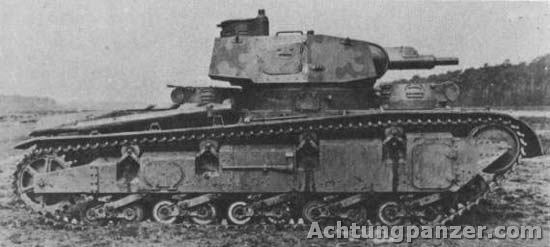 PzKpfw NbFz VI |
PzKpfw NbFz VI (Krupp)
Specifications for Krupp Design – PzKpfw NbFz VI
Specifications for Krupp Design – PzKpfw NbFz VI
| Weight: | 23000kg |
| Crew: | 6 men |
| Engine: | BMW Va / 12-cylinder / 290hp Maybach HL 108 TR / 12-cylinder / 300hp |
| Speed: | Road: 25-30km/h |
| Range: | Road: 120km |
| Fuel Capacity: | 457 liters |
| Lenght: | 6.65m |
| Width: | 2.90m |
| Height: | 2.90m |
| Armament: | 1 x 75mm KwK L/23.5 (L/24) 1 x 37mm KwK L/46.5 (L/45) (turret) 2 x 7.92mm MG13/34 (2 small turrets) |
| Ammo: | 75mm – approx. 80 rounds 37mm – 50 rounds 7.92mm – 6000 rounds |
| Armor: | 13-20mm |
Provided by Simon Orchard.
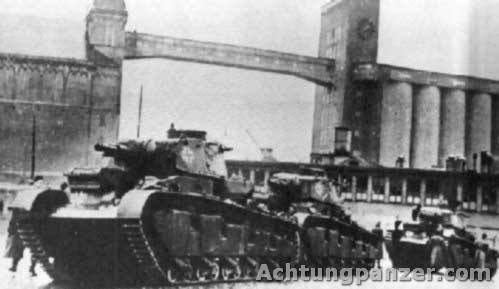



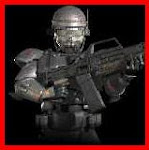

































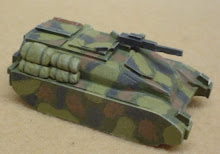


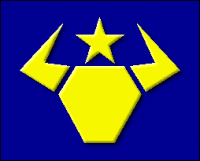
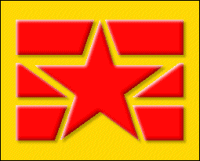
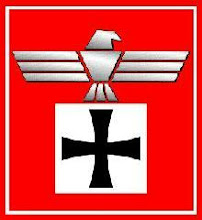
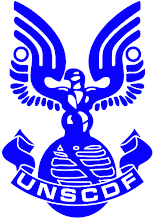
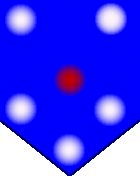






3 comments:
Dear Don,
Might a working definition of "Cool Wargames Tank" be:
1. One you wouldn't want to take into a tank battle.
2.Hardly ever made it into combat.
3. Multiple turrets to complicate the commanders job.
Regards, Chris.
Chris....pretty much the way of it!
Very much wish somebody would make one in 15mm.
Post a Comment